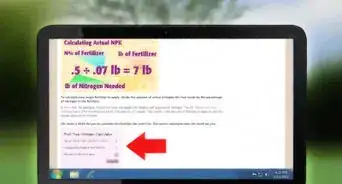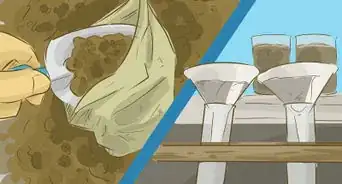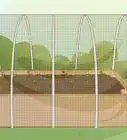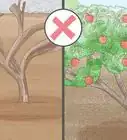This article was co-authored by Andrew Carberry, MPH. Andrew Carberry is a Food Systems Expert and the Senior Program Associate at the Wallace Centere at Winrock International in Little Rock, Arkansas. He has worked in food systems since 2008 and has experience working on farm-to-school projects, food safety programs, and working with local and state coalitions in Arkansas. He is a graduate of the College of William and Mary and holds a Masters degree in public health and nutrition from the University of Tennessee.
There are 13 references cited in this article, which can be found at the bottom of the page.
wikiHow marks an article as reader-approved once it receives enough positive feedback. This article received 12 testimonials and 98% of readers who voted found it helpful, earning it our reader-approved status.
This article has been viewed 348,006 times.
Eggs are delicious and nutritious. Most people throw away the shells, which is the best part—for plants at least. Instead of throwing away this resource, consider using it to improve the soil in your garden, as eggshells are a good source of calcium for your plants, and can help make a great fertilizer. You can easily add minerals and nutrients to soil using crushed eggshells or eggshell tea. You can also use eggshells as seed starters to ensure that your seedlings get off to a good start.
Steps
Using Crushed or Powdered Eggshells
-
1Save your egg shells. When you use eggs in a meal or for a recipe, save the shells. Crack open your raw eggs, rinse the shells with warm water, and let them dry in a sunny pot. Run your finger around the inside of the shell when washing it to remove any residue, but try to preserve the membrane. Most of the nutrients are in this.
- For best results, plan on using 4 to 5 eggs for each plant you want to fertilize.[1]
-
2Crush the eggshells or grind them into a fine powder. You can crush them into flakes using your hands or a food processor. You can also grind them into a powder using a mortar and pestle or a coffee grinder instead. It is possible to use whole eggshells in your soil, but they will decompose much faster if they are crushed or ground into powder.[2]
- To make the crushing process easier, bake the eggshells at 350 degrees until the start to lightly brown before grinding.
Advertisement -
3Add a few teaspoons of powdered eggshell into the hole if you are planting a new flower, herb, or vegetable.[3] Once you have some eggshells in the hole, put the plant inside, and pat the soil around it. Putting eggshells directly into the hole with the plant ensures that the plant will get the nutrients from the decomposing eggshells.
-
4Add crushed eggshells around the base of your plant.[4] You do not need to cover the eggshells with soil. As they decompose, they will leach calcium and other nutrients into the soil. This will help your plants grow into strong, healthy plants.
-
5Mix crushed eggshells directly into potting soil. When you buy plants from the nursery, you will need to transplant them outside, or into a new pot. Before you do this, consider mixing a handful of crushed eggshells into the soil. Overtime, the eggshells will leach their nutrients into the soil, and help the young plants grow into healthy, strong plants.
- If you aren't able to use eggshells right away, you can also crush them and add them to your compost bin.
Using Eggshell Tea
-
1Crack open some raw eggs, rinse them with warm water, and let them dry in a sunny spot. When rinsing the shell, run your finger around the inside of the shell to get rid of any residue. Try to leave the membrane. Most of the nutrients are in this.
- Save the yolks and whites for breakfast, lunch, or dinner.
-
2Loosely crush the eggshells. You can use your hands, a coffee grinder, or even a food processor. Crushing the eggshells will make it easier to measure them out.
-
3Place at least 2 tablespoons (30 grams) of crushed eggshells into a large pot. This will be enough to brew 1 gallon (3.8 liters) of eggshell tea.
- Consider adding 1 tablespoon (15 grams) of Epsom salt for extra nutrition. Epsom salt is high in magnesium and sulfate, both of which are beneficial to plants.[5]
-
4Fill the pot with water and bring it to a boil for a few minutes. You need 1 gallon (3.8 liters) of water for every 2 tablespoons (30 grams) of crushed eggshells. Boiling the water will give the eggshells a "jump start" and help them to start releasing their nutrients into the water faster.
-
5Remove the pot from heat, and let the eggshells steep, covered, for at least 24 hours.[6] You can even let the eggshells steep for a few days. During this time, the eggshells will release their nutrients into the water.
-
6Strain the water into a jar, and leave it outside overnight. This will allow the water reach outdoor temperatures, and lessen the risk of "shocking" the plants by being too hot or too cold. Some gardens find that this also helps the plants absorb the nutrients better.
- When leaving the jar outside, make sure that it is covered, and in a shady spot, out of sunlight.
-
7Water your plants with the diluted eggshell tea. For best results, use the eggshell tea once a month. The water will be infused with calcium and other nutrients, and give your plants a growing boost. Store any leftover water in a cool, dry place.[7]
Using Eggshells as Seed Starters
-
1Crack open a raw egg and remove the yolk and white. You can simply crack the egg in half, but you won't have much space to plant the seeds in. Instead, consider cracking the egg near the upper third with a spoon.[8] Save the egg yolk and white for eating later.
- Don't use hardboiled eggs, as the shells would be brittle. If you already cooked the egg, save the water you cooked it in, let it cool, and use it to water your plants instead.
- Don't use colored or painted eggs (such as Easter eggs). The pigments in paints and markers contain dyes that can harm the delicate seedlings.[9]
-
2Clean the shell, inside and out, using warm water, then set it down in the sun the dry. When rinsing the shell, be sure to run your finger around the inside of the shell to remove any residue.
-
3Consider poking a small drainage hole in the bottom of the shell using a pin or thumb tack. It is easiest if you do this from the inside.[10] It is not absolutely necessary, but it will help prevent over-watering, which can kill a young plant.
-
4
-
5Sprinkle 2 to 3 seeds on top and lightly cover them with more soil.[13] Smaller plants, such as flowers and herbs, work best when starting in eggshells. Larger vegetables, such as beans, cucumber, and squash can work, but they will need to be moved outside 1 week after they sprout.[14]
- Consider easy-to-grow herbs, such as: basil, dill, and parsley. Marigolds are great for starting in eggshells, and they are edible too.[15]
-
6Place the egg in a holder and place it on a sunny windowsill where it won't be disturbed. The holder can be as simple as an egg carton to as fancy as an egg holder. If you are using an egg carton, consider lining it with plastic first so that it doesn't get soggy from the draining water.
-
7Water the seeds, and wait for them to grow. Depending on what type of seed you planted, you might see the seedling emerge in less than a week. When watering the seedlings, consider using a spray bottle instead of a watering can; it will be a lot more gentle on the delicate, young plants.[16]
- Depending on how dry it is in your home, you may need to water the seeds every day to every few days.
- Consider rotating the eggshell every few days. This will allow the plants to get equal amounts of sunlight and grow more evenly.[17]
- You may need to pull out the smaller/weaker seedlings so that each eggshell has one plant growing in it. This will ensure that the young seedlings enough space to grow in.[18]
-
8Transplant the eggshell outside when the seedling has 1 to 2 sets of true leaves. Before you plant the egg in the soil, crush it slightly in your hand—enough to break the shell but not so much that the soil loses its shape. This will break the shell up a little and allow the roots to poke through.[19]
- Eggshells are biodegradable. As they decompose, they will release nutrients and calcium into the soil, which will help the young plant grow.[20]
-
9Finished.
Expert Q&A
Did you know you can get expert answers for this article?
Unlock expert answers by supporting wikiHow
-
QuestionCan I add some vinegar on the eggshell tea?
 Andrew Carberry, MPHAndrew Carberry is a Food Systems Expert and the Senior Program Associate at the Wallace Centere at Winrock International in Little Rock, Arkansas. He has worked in food systems since 2008 and has experience working on farm-to-school projects, food safety programs, and working with local and state coalitions in Arkansas. He is a graduate of the College of William and Mary and holds a Masters degree in public health and nutrition from the University of Tennessee.
Andrew Carberry, MPHAndrew Carberry is a Food Systems Expert and the Senior Program Associate at the Wallace Centere at Winrock International in Little Rock, Arkansas. He has worked in food systems since 2008 and has experience working on farm-to-school projects, food safety programs, and working with local and state coalitions in Arkansas. He is a graduate of the College of William and Mary and holds a Masters degree in public health and nutrition from the University of Tennessee.
Food Systems Expert
-
QuestionCan eggshells be a fertilizer for a tomato plant
 Andrew Carberry, MPHAndrew Carberry is a Food Systems Expert and the Senior Program Associate at the Wallace Centere at Winrock International in Little Rock, Arkansas. He has worked in food systems since 2008 and has experience working on farm-to-school projects, food safety programs, and working with local and state coalitions in Arkansas. He is a graduate of the College of William and Mary and holds a Masters degree in public health and nutrition from the University of Tennessee.
Andrew Carberry, MPHAndrew Carberry is a Food Systems Expert and the Senior Program Associate at the Wallace Centere at Winrock International in Little Rock, Arkansas. He has worked in food systems since 2008 and has experience working on farm-to-school projects, food safety programs, and working with local and state coalitions in Arkansas. He is a graduate of the College of William and Mary and holds a Masters degree in public health and nutrition from the University of Tennessee.
Food Systems Expert
-
QuestionWill boiled eggshells work?
 Community AnswerBoiled eggshells will not be as effective, because they would have leached most of their nutrients into the water. The water you used for boiling the eggs will work, however. It will be full of nutrients. Let the water cool down first, then use it to water your plants.
Community AnswerBoiled eggshells will not be as effective, because they would have leached most of their nutrients into the water. The water you used for boiling the eggs will work, however. It will be full of nutrients. Let the water cool down first, then use it to water your plants.
Warnings
- When adding eggshells into soil with new plants, you may not see results until the following season. It will take a while for the eggshells to decompose and leach calcium into the soil.[27]⧼thumbs_response⧽
- Some people find that crushed eggshells act like diatomaceous earth and deter slugs.[28] Other people find that crushed eggshells are useless against slugs, and actually encourage them to eat your plants.[29]⧼thumbs_response⧽
Things You'll Need
Using Crushed or Powdered Eggshells
- Eggshells
- Food processor, coffee grinder, or mortar and pestle (recommended)
- Plants
- Soil
Using Eggshell Tea
- 2 tablespoons (30 grams) eggshells
- 1 tablespoon (15 grams) Epsom salt (optional)
- 1 gallon (3.8 liters) water
- Large pot or saucepan
- Jar with lid
- Strainer
Using Eggshells as Seed Starters
- Eggshells
- Egg carton or egg holder
- Seed-starting soil
- Seeds
References
- ↑ http://www.melindamyers.com/Radio-Recently-Aired/landscape-care/eggshells-as-fertilizer.html
- ↑ http://www.gardeningknowhow.com/composting/ingredients/eggshells-in-the-garden.htm
- ↑ http://oldworldgardenfarms.com/2015/05/03/planting-the-garden-why-coffee-grounds-and-egg-shells-are-a-gardeners-best-friend/
- ↑ http://www.backwoodshome.com/you-can-make-your-own-fertilizers/
- ↑ http://blog.freepeople.com/2015/05/4-natural-ways-fertilize-houseplants/
- ↑ http://www.gardeningknowhow.com/garden-how-to/soil-fertilizers/calcium-fertilizer.htm
- ↑ http://www.gardeningknowhow.com/garden-how-to/soil-fertilizers/calcium-fertilizer.htm
- ↑ http://www.tasteofhome.com/recipes/seasonal-recipes/garden-recipes/eggshell-seed-starter
- ↑ http://www.motherearthliving.com/herb-gardening/grow-herbs-in-eggshells.aspx
- ↑ http://www.tasteofhome.com/recipes/seasonal-recipes/garden-recipes/eggshell-seed-starter
- ↑ http://www.apartmenttherapy.com/how-to-start-seeds-in-eggshell-152795
- ↑ http://www.motherearthliving.com/herb-gardening/grow-herbs-in-eggshells.aspx
- ↑ http://pallensmith.com/2015/12/14/eggshell-seed-starting-pots/
- ↑ http://www.gardeningknowhow.com/special/children/growing-seeds-in-eggshells.htm
- ↑ http://www.gardeningknowhow.com/special/children/growing-seeds-in-eggshells.htm
- ↑ http://www.gardeningknowhow.com/special/children/growing-seeds-in-eggshells.htm
- ↑ http://pallensmith.com/2015/12/14/eggshell-seed-starting-pots/
- ↑ http://www.apartmenttherapy.com/how-to-start-seeds-in-eggshell-152795
- ↑ http://www.tasteofhome.com/recipes/seasonal-recipes/garden-recipes/eggshell-seed-starter
- ↑ http://www.naturallivingideas.com/eggshell-uses-in-the-garden/
- ↑ http://oldworldgardenfarms.com/2015/05/03/planting-the-garden-why-coffee-grounds-and-egg-shells-are-a-gardeners-best-friend/
- ↑ https://www.growveg.com/guides/using-eggshells-in-the-garden/
- ↑ http://www.melindamyers.com/Radio-Recently-Aired/landscape-care/eggshells-as-fertilizer.html
- ↑ http://www.melindamyers.com/Radio-Recently-Aired/landscape-care/eggshells-as-fertilizer.html
- ↑ http://www.melindamyers.com/Radio-Recently-Aired/landscape-care/eggshells-as-fertilizer.html
- ↑ http://oldworldgardenfarms.com/2015/05/03/planting-the-garden-why-coffee-grounds-and-egg-shells-are-a-gardeners-best-friend/
- ↑ http://www.gardeningknowhow.com/composting/ingredients/eggshells-in-the-garden.htm
- ↑ http://www.gardeningknowhow.com/composting/ingredients/eggshells-in-the-garden.htm
- ↑ https://www.growveg.com/guides/using-eggshells-in-the-garden/
About This Article
Eggshells make a great fertilizer that adds minerals and nutrients, like calcium, to your soil. To fertilize your soil with eggshells, all you need to do is grind them into a powder using a mortar and pestle or coffee grinder. You can sprinkle the eggshell powder around the base of a plant. Or, if you’re transplanting a plant, mix some ground eggshell in with the potting mix. If you’re planting a new flower, herb, or vegetable, you can also add some eggshells to the hole with the plant to provide it with extra nutrients. For more tips from our Gardening co-author, including how to use eggshells as seed starters.


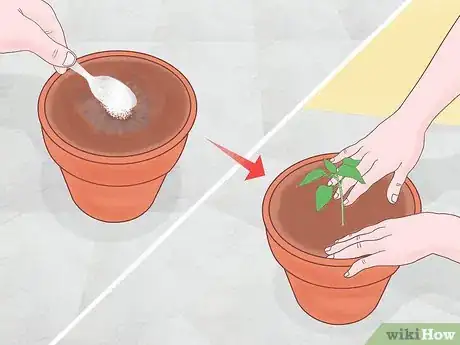
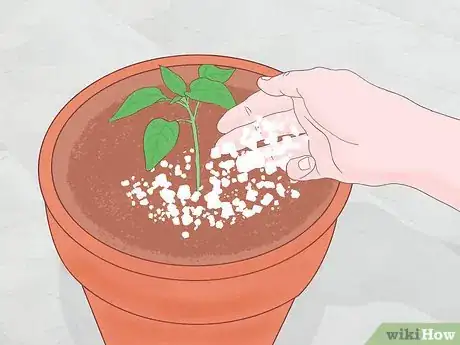

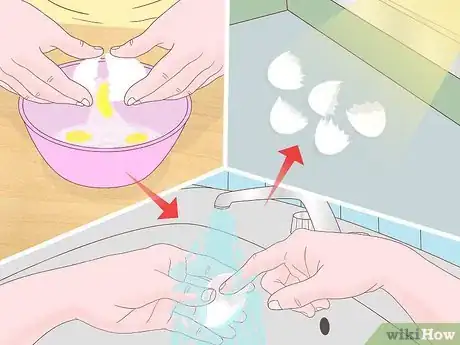
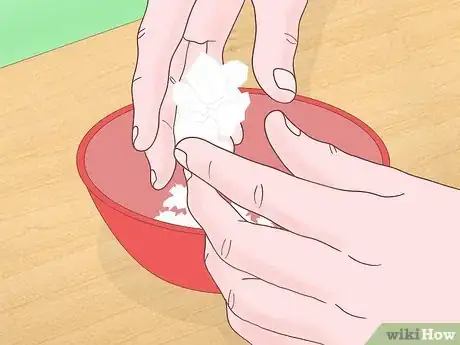
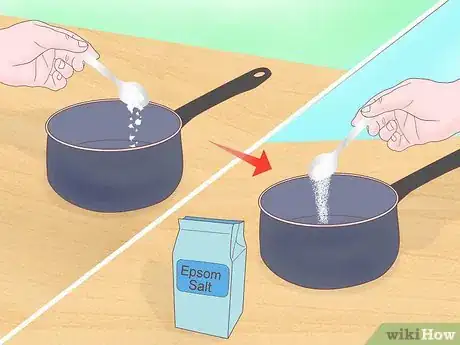
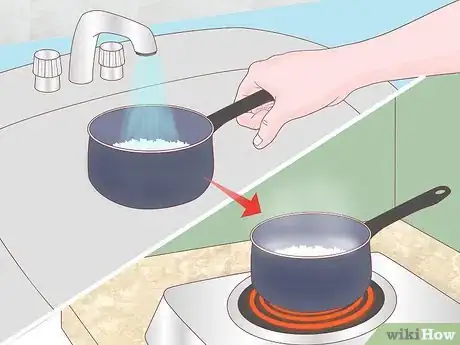
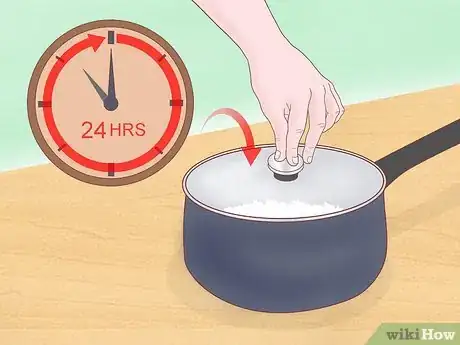
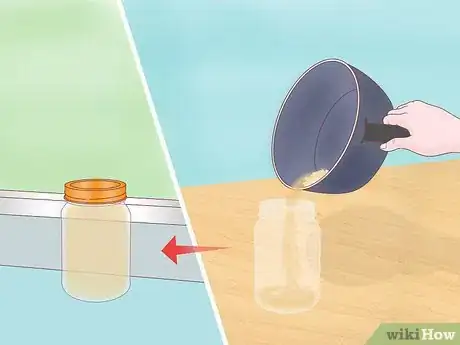


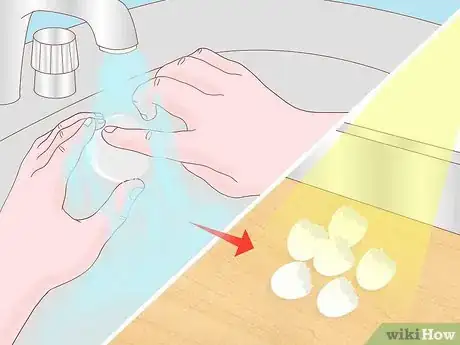
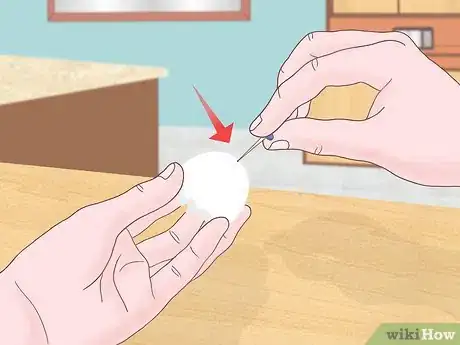
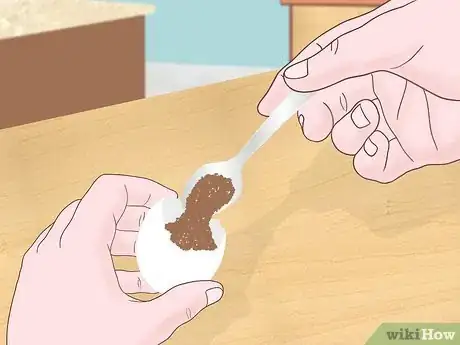
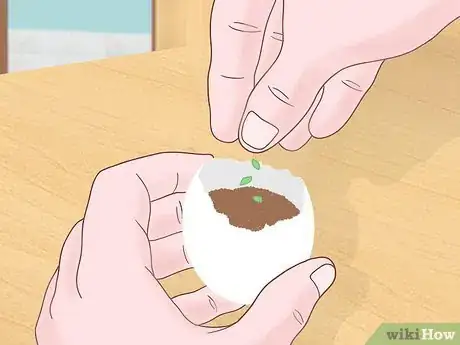
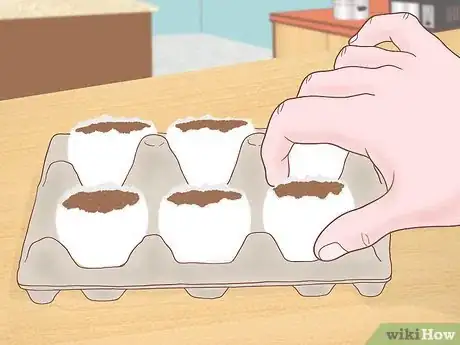
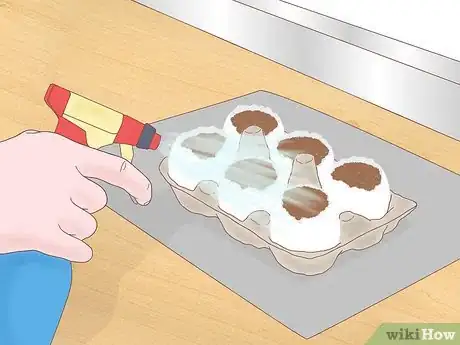
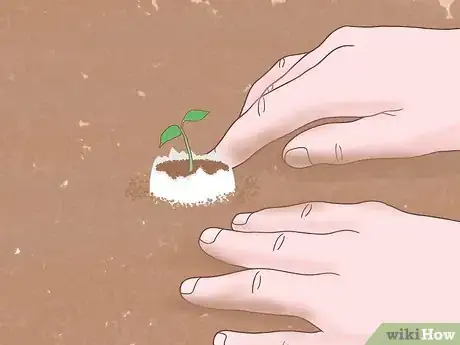
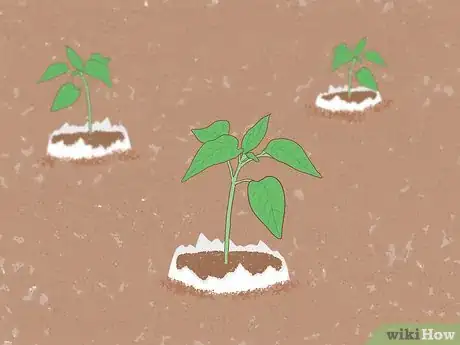

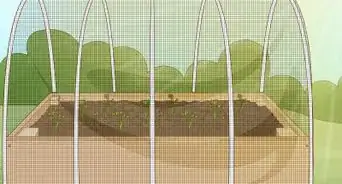
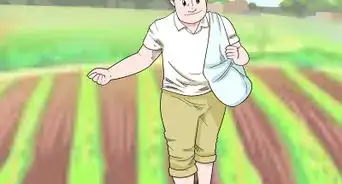
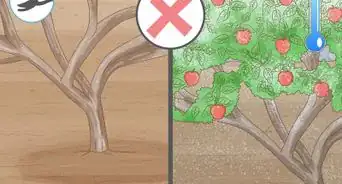
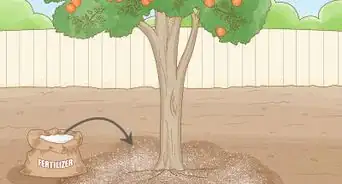
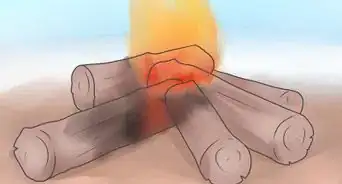

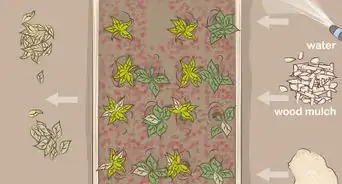
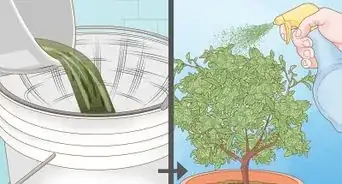
-Step-10-Version-3.webp)
